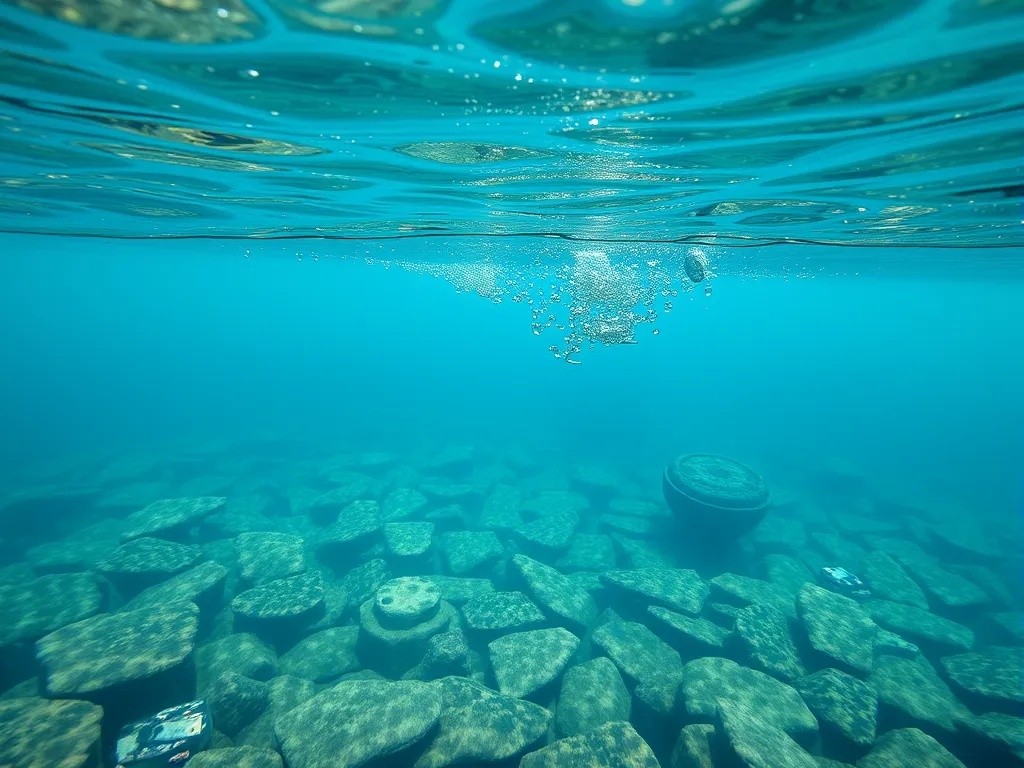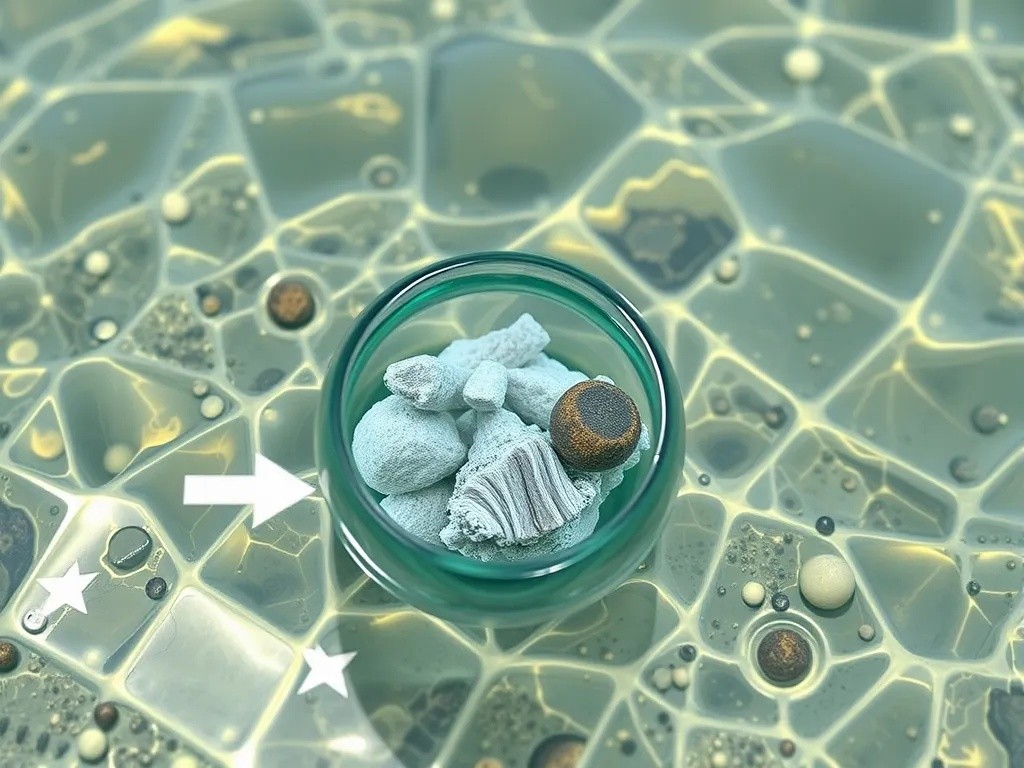In recent years, there has been a significant advancement in the field of Artificial Intelligence (AI) and Augmented Reality (AR). These technologies have become increasingly popular and have the potential to enhance virtual experiences in various fields such as gaming, education, healthcare, and...
Computer Program Removes Pollution from Ocean Water Automatically

The world's oceans face an unprecedented crisis as millions of tons of plastic waste, chemical pollutants, and debris threaten marine ecosystems. However, breakthrough technological solutions are emerging to combat this environmental challenge. Revolutionary computer programs now enable automated systems to detect, collect, and remove pollution from ocean waters with minimal human intervention, marking a significant leap forward in marine conservation efforts.
How Automated Ocean Cleanup Systems Work
Modern automated ocean cleanup systems rely on sophisticated computer programs that integrate artificial intelligence, machine learning, and advanced sensor technology. These programs process real-time data from various sources to identify pollution hotspots and coordinate cleanup operations.
Core Components of the Technology
- Computer Vision Systems: Advanced cameras and image recognition algorithms identify different types of marine debris
- Sensor Networks: Chemical sensors detect pollutants and microplastics in water samples
- GPS and Navigation: Precise positioning systems guide autonomous cleanup vessels
- Machine Learning Algorithms: Programs continuously improve detection accuracy and operational efficiency
Key Features of Automated Pollution Detection
Real-Time Monitoring and Analysis
The computer programs continuously monitor ocean conditions using satellite imagery, underwater drones, and floating sensor platforms. Advanced algorithms analyze water quality parameters, identifying chemical pollutants, plastic concentrations, and other contaminants. This real-time analysis enables immediate response to pollution events.
Autonomous Decision Making
These intelligent systems make independent decisions about cleanup priorities based on environmental impact assessments. The programs evaluate factors such as wildlife density, current patterns, and pollution severity to optimize cleanup routes and methods automatically.
Types of Pollution Being Addressed
Plastic Waste and Microplastics
Computer-controlled systems excel at detecting and collecting various forms of plastic pollution. From large debris pieces to microscopic particles, automated filtration systems guided by smart algorithms can separate plastics from seawater while preserving marine life.
Chemical Contaminants
Advanced chemical analysis programs identify harmful substances like oil spills, industrial runoff, and toxic compounds. Automated response systems then deploy appropriate neutralization or containment measures based on the specific pollutant type.

Benefits and Advantages
Operational Efficiency
- 24/7 operation without human fatigue limitations
- Reduced operational costs compared to traditional cleanup methods
- Faster response times to pollution incidents
- Precise targeting minimizes disruption to marine ecosystems
Environmental Impact
Automated systems significantly reduce the environmental footprint of cleanup operations. Computer programs optimize energy consumption, minimize vessel emissions, and ensure that cleanup activities don't harm marine wildlife through intelligent navigation and timing.
Current Implementations and Success Stories
Several organizations worldwide have successfully deployed computer-controlled ocean cleanup systems. These programs have demonstrated remarkable effectiveness in removing thousands of tons of plastic waste and preventing further environmental damage. Early results show significant improvements in water quality and marine habitat restoration in targeted areas.
Challenges and Future Developments
Technical Limitations
Despite impressive capabilities, current systems face challenges with extremely small pollutants, adverse weather conditions, and the vast scale of ocean pollution. Researchers continue developing more sophisticated algorithms and hardware solutions to address these limitations.
Future Innovations
Next-generation systems will incorporate enhanced AI capabilities, improved biodegradable collection materials, and better integration with marine conservation efforts. These advances promise even more effective and environmentally friendly automated cleanup solutions.
Conclusion
Computer-controlled automated ocean cleanup represents a transformative approach to addressing marine pollution. These intelligent systems offer unprecedented efficiency, precision, and environmental responsibility in removing contaminants from our oceans. As technology continues advancing, automated pollution removal programs will play an increasingly vital role in preserving marine ecosystems for future generations, demonstrating how innovative technology can provide practical solutions to global environmental challenges.



